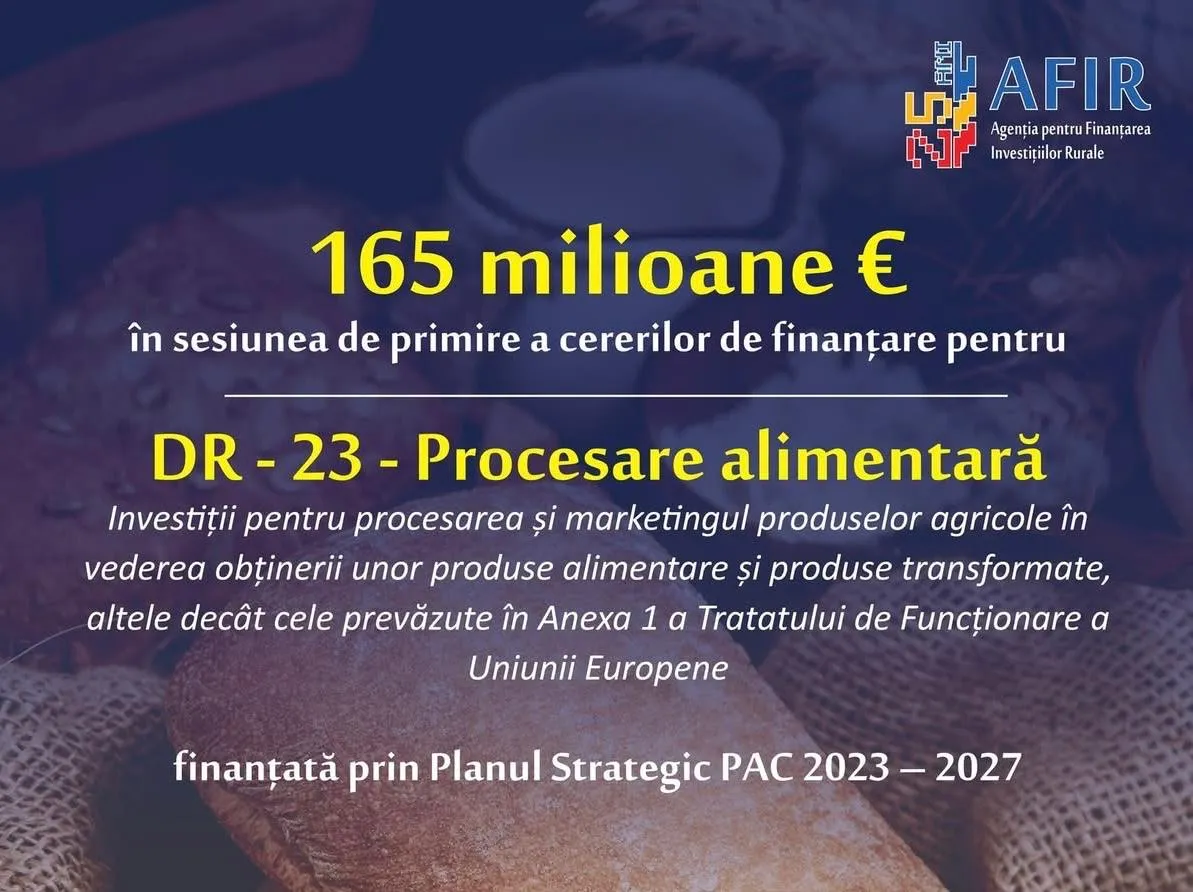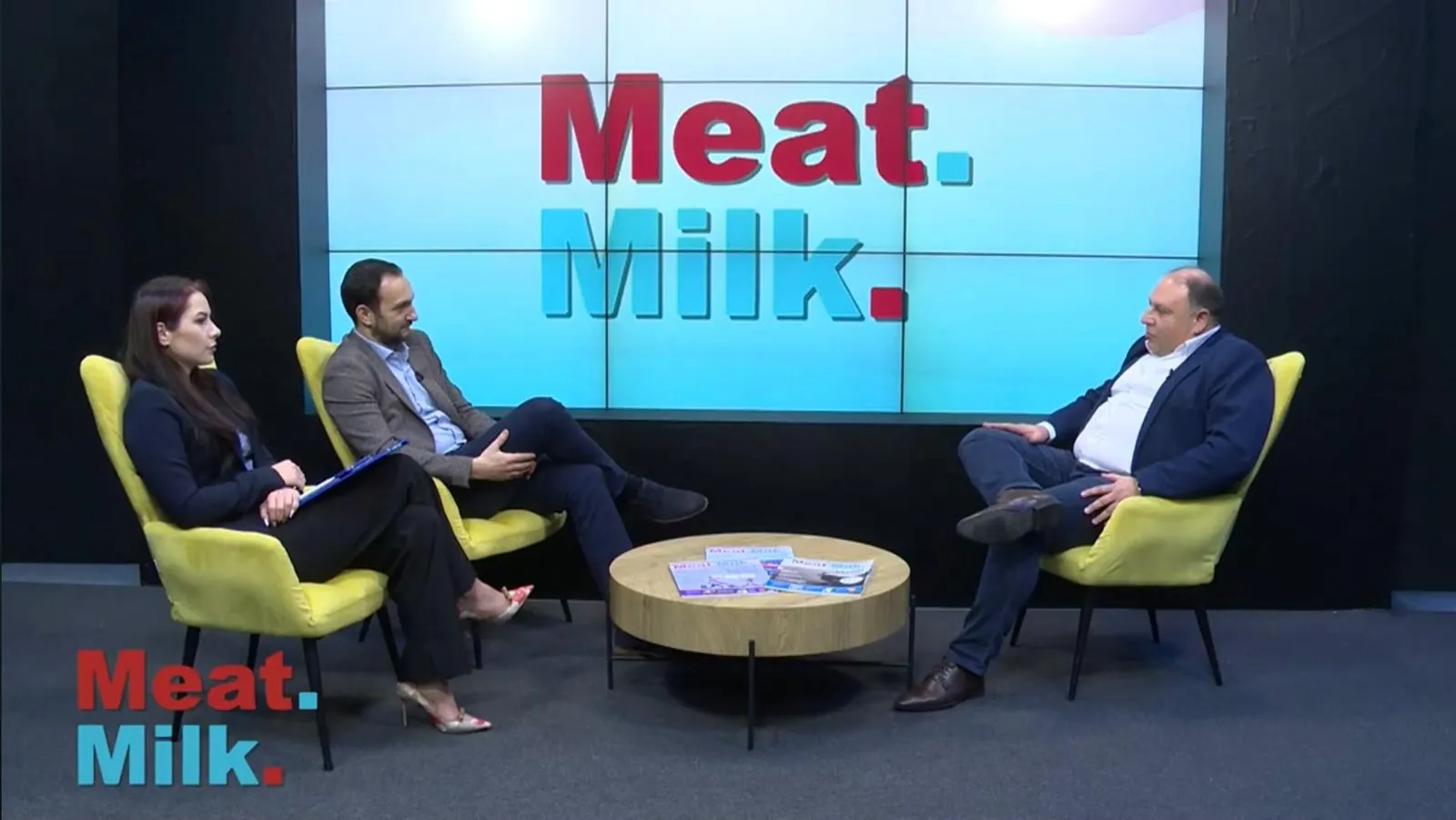
In the latest analysis on the pork market published by PigProgress, Dr. John Strak, a specific market analyst, warned that hopes are fragile and caution is needed.
False Hope
At the end of spring, I warned: “The global price cycle for the pig and pork industry has seen a sharp turn—apparently initiated by a shortage of pigs in Europe—and has shown positive rates of change week-to-week in March.
It is not impossible that this is false hope and that investors and producers might start thinking about making decisions regarding pork production to take advantage of the pork shortage in Q4 2024/Q1 2025.”
There was a note of caution in that comment, and with three months more data, it now seems that caution is still appropriate. Specifically, the acceleration of the pork price cycle data has slowed almost to zero, indicating we are experiencing weak growth in global pork prices.
The turning point of the cycle appeared in March, and growth has been sustained. But what is not clearly shown in the graph is that the rate of change of the upward trend in the cycle has slowed.
I calculated the data from that weekly table, and each week-to-week change is a measure of the acceleration (or deceleration) of the weekly changes in my global weighted average pork price. It is clear in that table that the initial growth in March was followed by a big jump in April—but the price increases have significantly slowed since then.
The underlying data for these changes are taken from price reports in North America and Europe (major pork exporters on the global market). I said in April that we would be able to draw more conclusive insights about the strength of this growth by the end of Q2.
At this point—with data available until early June—the only sure conclusion is that the current upward phase of the global pork price cycle is weak. In other words, the cycle may stabilize or reverse in the coming months.
European Union
However, the EU Commission reports that average margins for pig producers are positive (and have been for several months). Clearly, the relative shortage of pigs in some parts of Europe and the world has induced positive margins/the end of contraction for most producers (and/or their processors) in Europe.
The Danes, as shown by the last two sets of census data from Denmark, are an example of how improved prices and margins have induced a recovery. The latest census from Denmark (April) reports that the number of sows has increased by 2.5% year-on-year, and pregnant sows have increased by nearly 5%. Similarly, young females retained for breeding have also increased by nearly 5%.
For the EU as a whole, the December census data is the only complete set of data at this time.
In these census reports for each EU member state, we see that the total number of sows put to the boar appears to be approximately the same in 2023 compared to 2022 (+0.6%), although the total number of breeding females is reported to be increasing by 1.6%. But for the major producers, the increase may be higher than this.
An average calculation of the provisional breeding sow data for key states appears to show an increase of approx. 2% in the breeding sow stock in the EU at the December 2023 census.
United States
The recent experience of pork prices in the USA is another example of volatility and relative weakness in the pork market. And yet, US pork exports have been relatively strong (these account for about a quarter of US pork prices according to USMEF).
North American (and European) pork exports have been recently supported by supply shocks in Vietnam and the Philippines (and in China in recent years).
How long can this continue? It is noteworthy that the domestic pig and pork market in the USA was quiet in the second quarter.
China
News from China in the second quarter of 2024 has been relatively clear and consistent. The clarity comes from the announcement by the Chinese Ministry of Agriculture that there will be a new lower target for the nation's pig production capacity.
The official target for the number of breeding sows has been reduced to 39 million from 41 million. The consistency comes from numerous company reports and official Chinese statements that appeared in May and June.
These reports and statements agree that a lot of money was lost by many of the large Chinese producers/processors in 2023/24.
There also seems to be broad agreement that the base point of the Chinese pork price cycle was reached in Q2 2024. Another common feature of private sector announcements is the aim to reduce production costs as a key factor for restoring profits in the future.
Chinese pork prices have been low for a long time—with ASF and Covid-19 being major disruptors. Lately, prices have been weak due to the excessive expansion of the Chinese herd driven by the impact of these diseases.
But at the end of May, pork prices rose as the number of pigs declined, leading to claims that the end of low prices had arrived and many sighs of relief in the boardrooms of Chinese pork companies.
What's Next?
Well, interpreting the data and charts in this article is, I’m sorry to say, not very clear. Global pork prices are rising, but it is a weak trend.
I see reasons why the upward phase could weaken further—especially if Chinese producers achieve cost reductions and see recent price improvements as a reason for expansion (regardless of the Chinese government's target capacity).
EU producers are certainly in recovery mode—perhaps not expanding, but looking to gain more productivity from existing breeding stock through various strategies.
In the USA, the jury is out—no one seems excited about herd expansion, but improving productivity is also on the agenda there. (Photo: Dreamstime)





